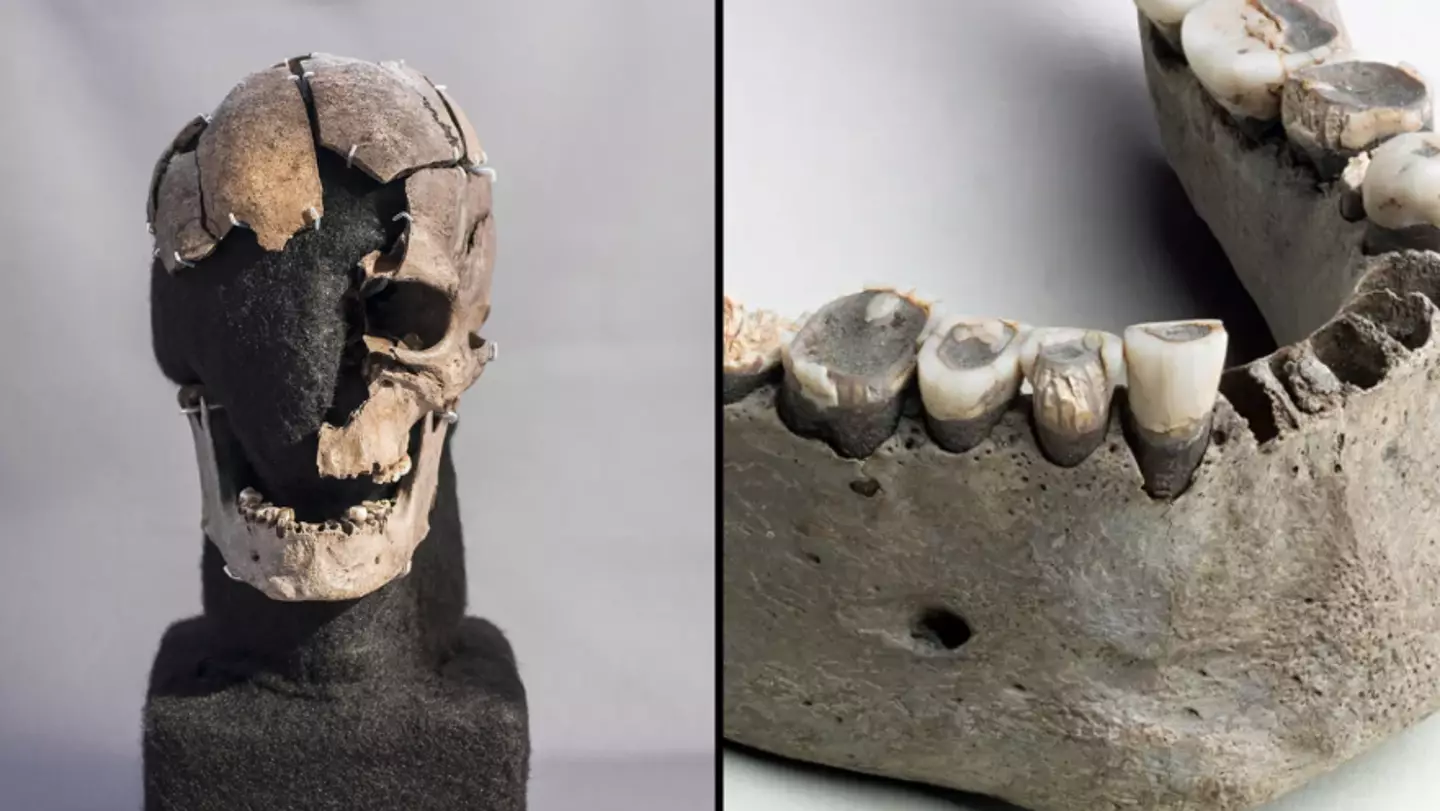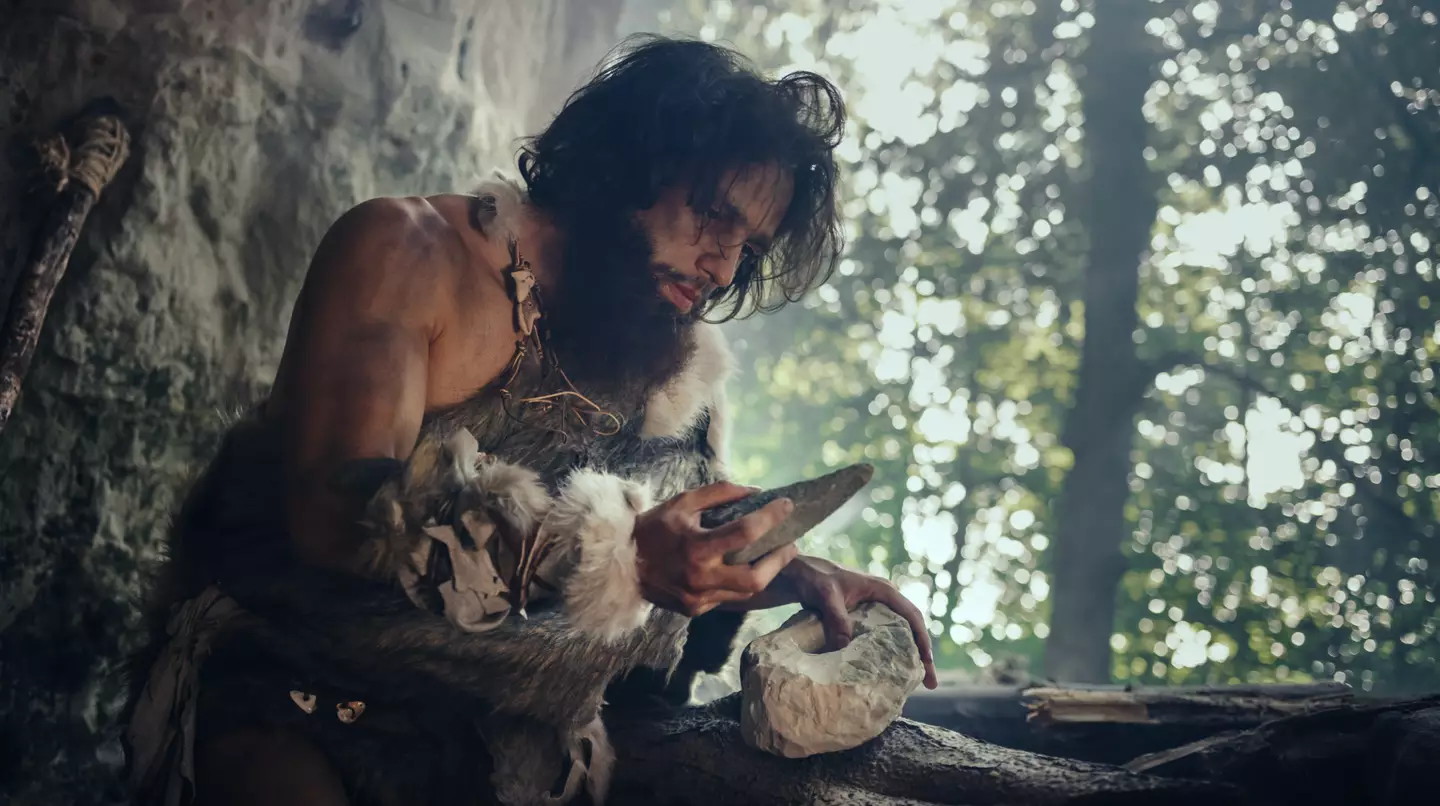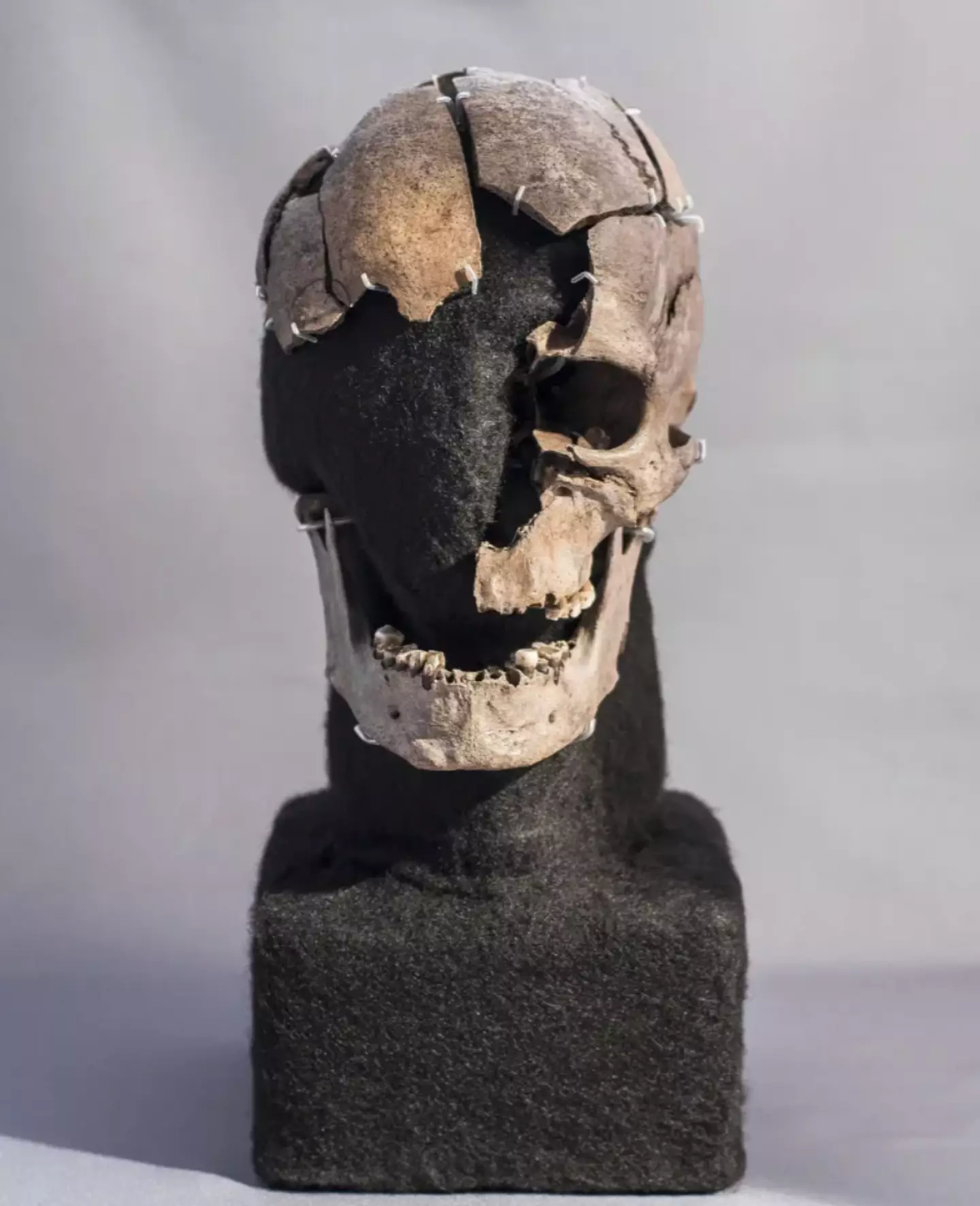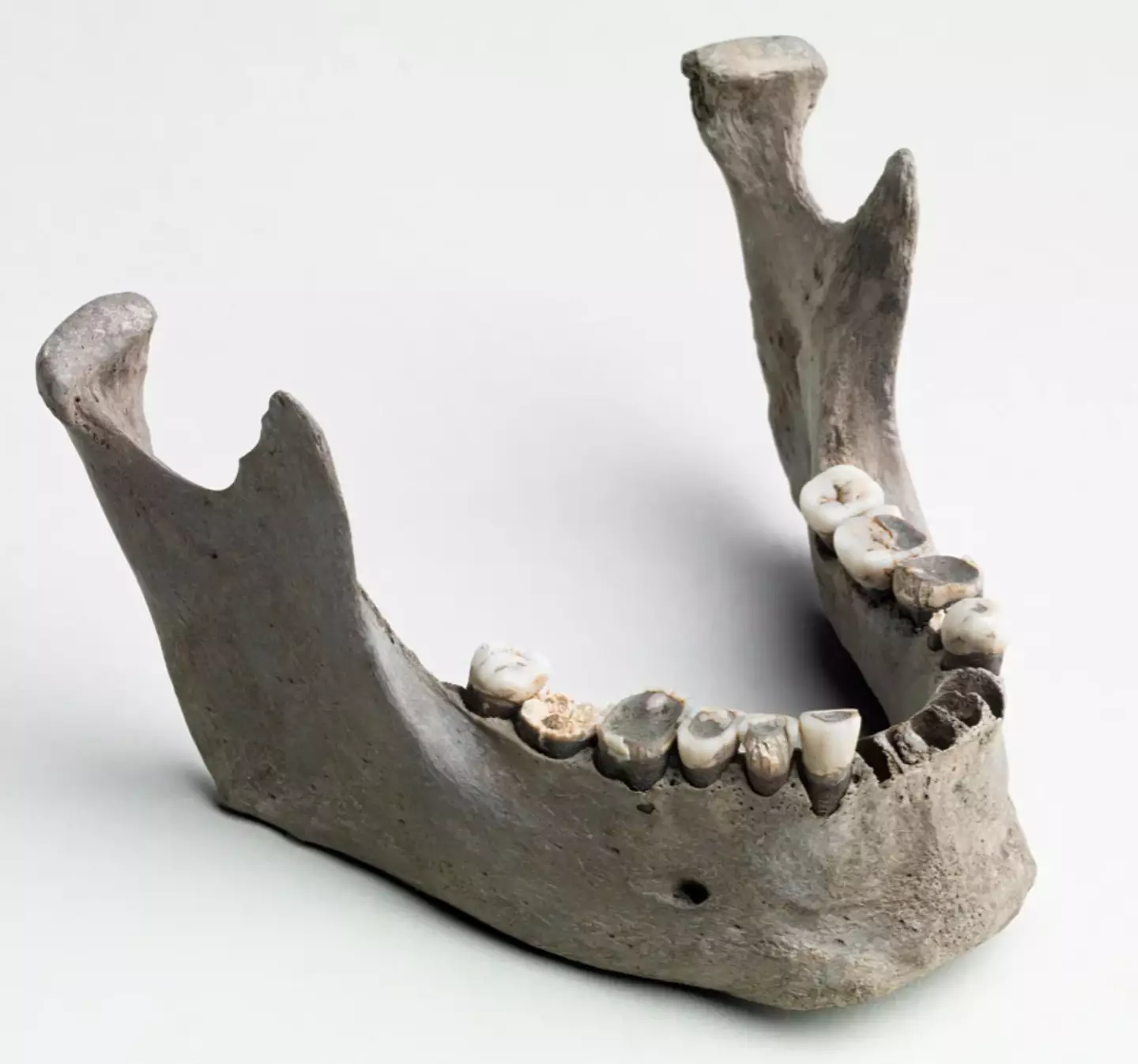
An ancient man was found so well preserved that scientists claim that they know exactly what he ate before he died.
The body was uncovered in Denmark in 1915, when researchers discovered what they later called 'Vittrup Man'.
His remains were found in a Danish bog, dating back to approximately 3300 BCE.

Included in their findings were the Stone Age man's right ankle bone, a jawbone, a fragmented skull and the shaft of his lower left shin.
Advert
The scientists found that he was gruesomely bludgeoned to death as a part of what is assumed to be a ritual killing.
But believe it or not, almost 110 years later, they have found out more about the man through a new study carried out by archeologists into the person's life.
As a part of the study, they analysed the isotopes that were detected in Vittrup Man's tooth enamel and proteins in his bones.
The first thing they found after looking at the DNA was that the subject wasn't even from Denmark, even though his remains were found there.

Findings showed that he didn't come from far though, as he was born on the Scandinavian coast.
Advert
Signatures of the isotopes indicated that he spent his childhood in an even colder, more northern climate.
What indicated that he was raised on the Scandinavian coast was the presence of fish and marine animals in his early diet, which also means that our ancient man underwent a significant journey in his life as he travelled from his home on the coast all the way to Denmark.
Our science experts couldn't determine the reason behind his migration, if it was his choice or not, with the team writing: "Many explanations for such a drastic change in lifestyle and geography are possible.
"He may have been an immigrant or trader who became integrated into equal social standing as other members of the local Funnel Beaker society.

"He could also have been a captive/slave providing labour and possibly maritime skills."
Advert
The tragic end to Vittrup Man's life also give us in the modern age an insight into some of the ritualistic practices of the Neolithic Era, known as the new Stone Age and the beginning of a settled human lifestyle.
His gruel death highlights that he may have been a human sacrifice, which was quite commonplace among certain ancient societies.
The authors stated: "Evidently, such dubious honour was also given to persons of non-local provenience."
Featured Image Credit: Stephen Freiheit